her hands begin to snake their way up my sleeve.
the skin of those who love and care for her.
as parents and grandparents sometimes do.
from the latest book selection at the Book Club over at The High Calling,
I have a little more insight into why this works so well.
And then there was touch…As Harry Harlow’s famous monkey experiments suggest, babies will forgo food in exchange for skin…They’ll do it because physical contact is just as important as nourishment for their neural growth and survival…Human skin has two types of receptors. One type transmits information…[about]…objects. But the other type activates the social parts of the brain. It’s a form of body-to-body communication that sets off hormonal and chemical cascades, lowering blood pressure and delivering a sense of transcendent well-being. pg. 33
Smart girl, our soon-to-be-two Lilly.
Rife with tidbits like this, David Brooks’ new book, “The Social Animal,” is a fascinating, often hilarious, always insightful collection of a lot of different scientific information gathered together in an engaging story-telling format.
My particular brain seems wired for story.
And I’m guessing we just might find some evidence for that in the data that is still to come in Brooks’ collection.
What has been most interesting to me thus far is the number of parallels between what hard science is discovering in laboratories and guided studies and what early psychologists – most especially Carl Jung – discovered early in the 20th century by doing lots and lots of talk therapy. These words from page 32 sound an awful lot like what Jung called the ‘collective unconscious:’
The truth is, starting even before we are born, we inherit a great river of knowledge, a great flow of patterns coming from many ages and many sources. The information that comes from deep in the evolutionary past, we call genetics. The information revealed thousands of years ago, we call religion. The information passed along from hundreds of years ago, we call culture. The information passed along from decades ago, we call family, and the information offered years, months, days, or hours ago, we call education and advice. But it is all information, and it all flows from the dead through us and to the unborn. The brain is adapted to the river of knowledge and its many currents and tributaries, and it exists as a creature of that river the way a trout exists in a stream. Our thoughts are profoundly molded by this long historic flow, and none of us exists, self-made, in isolation from it.
At the end of this week’s assignment, a lovely, and by far, the most poignant small piece of story-telling in this volume, came from Samuel Taylor Coleridge.
So sweetly, these words served to underscore that ‘aha!’ moment I’d had earlier about our Lilly and her need to be skin-to-skin.
Coleridge’s three-year-old son once woke in the night,
begging his mama to come in and touch him.
Perplexed, his mother wondered why.
“I’m not here,” the boy cried.
“Touch me, Mother, so that I may be here.“
You are here, sweet Lilly.
You are most definitely here.
Thanks be to our good God for that wondrous truth.

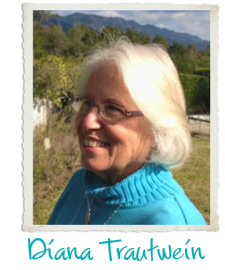
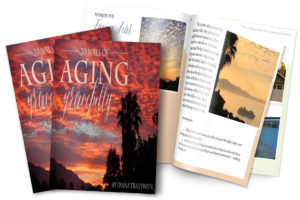
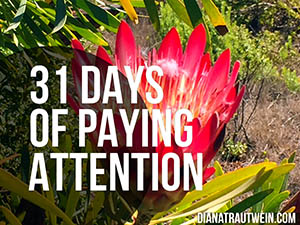

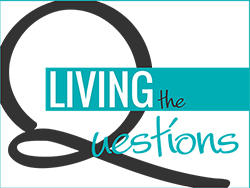

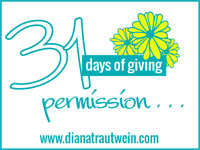

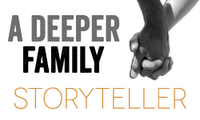











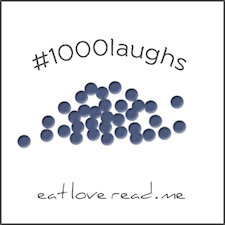
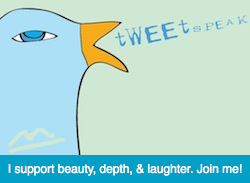


OH, Yay! I’m glad you dropped this in the comment box. If you want to link up in the future, just scroll to the bottom of the post for the linky, drop in the title of your post and the url and wa la! there it is.
Didn’t you love that story by Coleridge? And your Lilly story is just as good! We need that skin on skin as littles to bond. So amazing. And you included my favorite Jungian-like quote too. There is so much good stuff in these chapters. I am seriously in a dilemma each week about my posts.
I”m glad you are joining us, Diana.
When my grandsons were here last week, after we resolved the sound a werewolf makes and reassured that the coyotes and owls would not come inside and eat them–after all their delaying tactics had been deployed and defeated–they slept.
When I looked in on them, they were curled together like a pair of puppies.
Skin on skin, yes.
This is beautiful, Diana. Thank you.
My husband has been traveling and I so enjoyed the comfort of his return…just reaching out in the middle of the night to feel him next to me. Bliss.
Your grandaughter is adorable. (like her grandma.)
Fondly,
Glenda
Oh my word. Don’t your Lilly and my Lillee look so much alike? So precious.
I didn’t try to read this book; it sounds good. But that last line…touch me so that I may be here. That has to be worth the whole reading.
I read about this “touch” when my grandson (now 16) was born….I practiced it and felt it was so important. Enjoyed reading your post about it. My daughter needs to feel Prayers…serious job issues and an EX who is stirring up problems for her and their son.
There is a gesture that mesmerizes our granddaughter… one I remember using on her mother. A curled finger stroking along her jawline and under her chin in the soft bit above her throat always soothed. We never questioned why, but it’s interesting to hear how other little ones respond to a loving touch. I’ve heard staff in hospital nurseries tell how a gentle touch helps preemies and other newborns in their first days, so it’s not hard to believe there’s a rational explanation for it. The funny thing, though, is that many of our puppies responded to a soft stroking along their muzzles, too.
And later I was remembering….when Cadence was an infant he couldn’t go to sleep unless he could get one hand to his belly button.
He had to soothe himself that way to sleep.